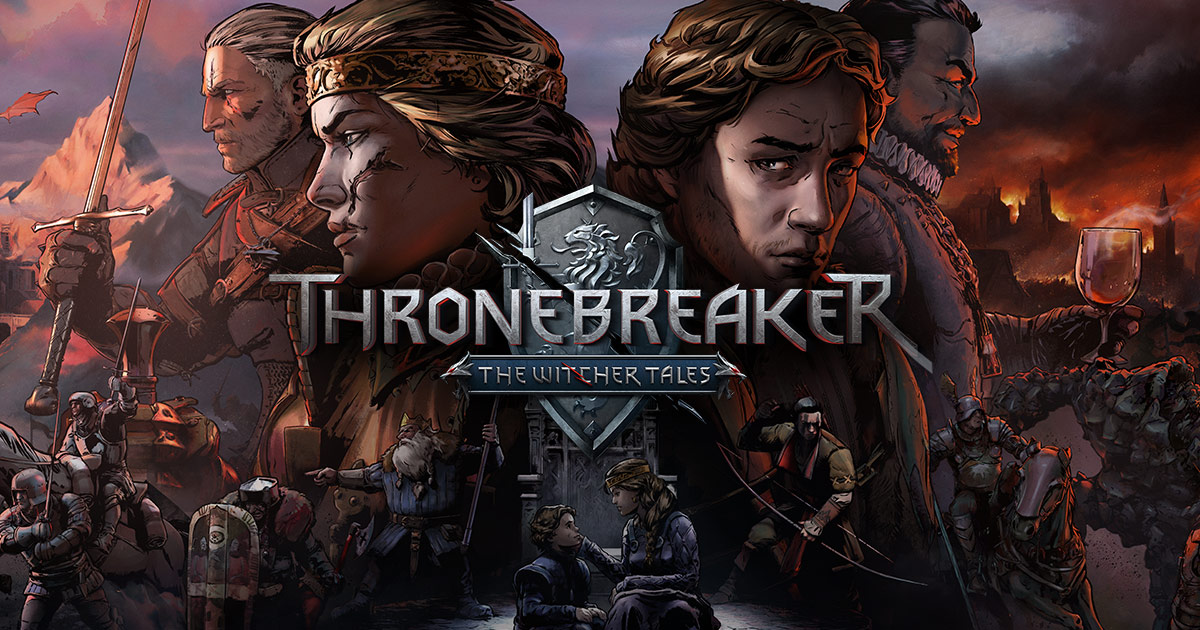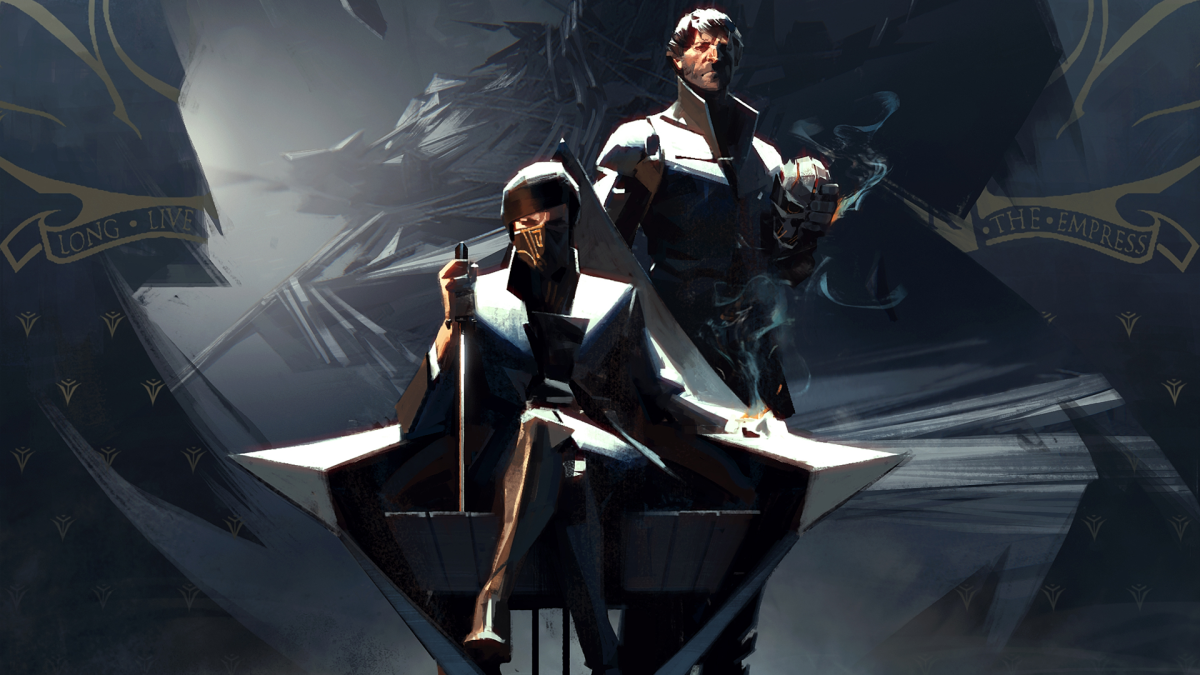Myths are public dreams; dreams are private myths.
Joseph Campbell
This is part 1 of my series that breaks down the mythologies of Attack on Titan and Land of the Lustrous using the works of Joseph Campbell. General plot points are vaguely discussed that may be spoilers to the reader.
In modern society, fictional stories mean many different things. Sometimes they’re viewed as simple diversions and time passers, meant to entertain at a basic level just like viewing a sporting event. Someone interacts with the story and then moves on with their life without a second thought. Conversely, deep stories can be viewed as massively important to humanity across time and space, serving as the intersection of ancient ritual and modern psychoanalysis.
Mythology is an excellent example of this, as it timelessly probes human understanding in quite comprehensible ways that all persons can relate to. The stories are mostly not true, but they contain truths so essential that they are deemed classics by generation after generation. Archetypes and maxims abound: heroes, villains, gods, sages, and lovers all appear in the stories told around a fire thousands of years ago. In fact, it has been discovered that cultures around the globe and with no connection with each other have invented roughly the same myths during the early epochs. A foundational monomyth has existed in storytelling!
It has always been the prime function of mythology and rite to supply the symbols that carry the human spirit forward, in counteraction to those constant human fantasies that tend to tie it back. In fact, it may well be that the very high incidence of neuroticism among ourselves follows from the decline among us of such effective spiritual aid.
Joseph Campbell, The Hero with a Thousand Faces
Joseph Campbell was one such man who made this foundational discovery, coining the term “monomyth.” He also proposed a cycle called the “Hero’s Journey,” which I have discussed extensively in my Marathon series. Needless to say, if you have been exposed to fiction within the last 40 years you have seen some variant of this journey. George Lucas famously credits Joseph Campbell for his success in Star Wars, which laid the blueprint for modern blockbuster movie fiction.
Interestingly enough, however, many stories told today do not fully base themselves in the mythology that Campbell researched, instead choosing to settle for a simplified model that is good for audience consumption on a mass-market level. This, however, can leave a distinct sense of unsatisfaction in the viewer, as the full cycle of the journey has not been completed. Many stories simply settle for a fairytale-like happily ever after, choosing to eschew a more believable and “realistic” conclusion in the fantastical world presented.
Thankfully, there are modern stories that choose to fully embrace mythology with their own specific twists! In this blog series, I will be discussing two popular stories that have just concluded (or will conclude) in the near future: Attack on Titan and Land of the Lustrous. Both stories started out as comic books/manga and have at least partially been adapted into television series.
‘I don’t like the terms good person or bad person because it’s impossible to be entirely good to everyone, or entirely bad to everyone. To some, you are a good person, while to others you are a bad person.’
Attack on Titan
Written and illustrated by Hajime Isayama, Attack on Titan started in 2009 and concluded this year. His story is centered around a young man named Eren Yeager who is caught up in epic and mysterious events outside of his control in his earth-like historical fantasy world. Land of the Lustrous is written and illustrated by Haruko Ichikawa, who started the series in 2012. Her protagonist’s name is Phosphophyllite (commonly referred to as “Phos”), a human-like creature living on post-apocalyptic earth seeking purpose.
‘To come to acceptance with things and feelings is rare and to accept them completely is a miracle. It’s impossible to make that moment come faster by yourself. Someday it comes unexpectedly. In order to not become warped or heartless, let it go in a natural way.’
Land of the Lustrous
At the most casual glance, both stories seem to have almost nothing in common except for their Japanese publisher, but it is not so! You see, both stories delve deep into the heart of mythology and the universal monomyth, with the major difference being in their geographical inspirations. Attack on Titan is heavily rooted in western Norse mythology (specifically the story of Ymir), while Land of the Lustrous tackles the origins of eastern Buddhism (focusing on the bodhisattva path of enlightenment). Joseph Campbell spent much time in his work covering both of these branches of mythology, highlighting the similarities between them. Both Titan and Lustrous focus these creative primordial ideas into astounding stories centered around innocent protagonists who go on to live increasingly dramatic lives that transform both themselves and the worlds around them.
While I will highlight Campbell’s work throughout the series, I plan to use it as a guidepost for the greater narratives presented in these works of fiction. Lustrous and Titan tell the universal story of how a single individual can become a victim, rise up to be a hero, turn to be a tyrant, and ultimately become the savior of the world. It’s the story worth telling again and again: an epic journey that is a deep rite of passage for all!






